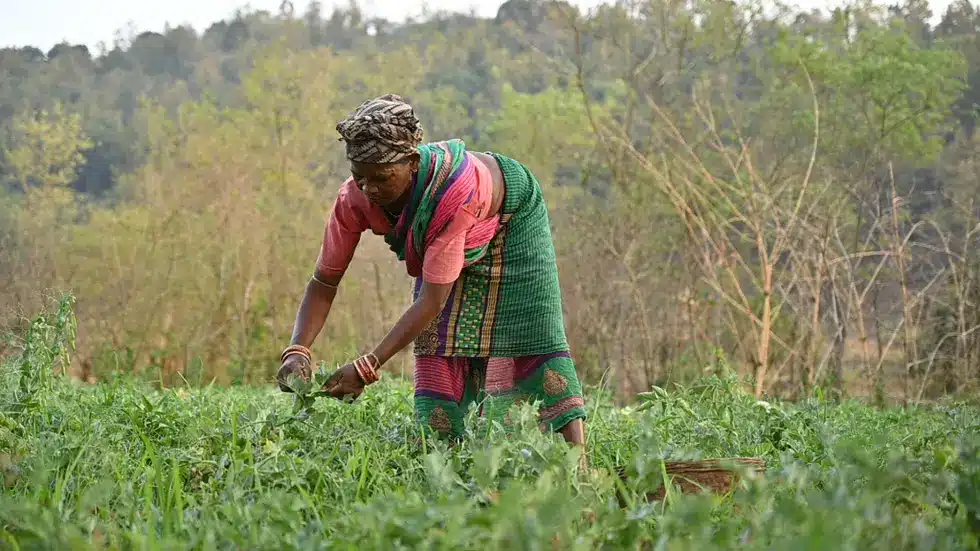About Paira cropping system:
- The utera/paira is a type of cropping which is commonly practiced in Bihar, Eastern Uttar Pradesh, West Bengal Chhattisgarh and Odisha.
- It is a kind of relay method of sowing in which lentil/ lathyrus/ urdbean/ mungbean seeds are broadcast in the standing crop of rice about 2 weeks before its harvest.
- This system does not allow agronomic intervention such as tillage, weeding, irrigation and fertilizer However, rice variety decides the productivity of pulses in this system.
- Advantages:
- This practice enables us to use better soil moisture available at the time of harvesting of rice crops, which could otherwise be lost quickly.
- Experimental evidence showed that paira cropping produced more yield of lentil than planting with tillage after harvesting of the rice crop.
- This is an efficient way of utilising resources for sustainable crop intensification and boosting land productivity.
What is the Relay cropping method?
- It is a method of multiple cropping where one crop is seeded into standing second crop well before harvesting of second crop.
- It can solve a number of conflicts such as inefficient use of available resources, controversies in sowing time, fertilizer application and soil degradation.
Q1: What is Intercropping?
It is the practice of growing two or more crops in proximity. The most common goal of intercropping is to produce a greater yield on a given piece of land by making effective use of resources without affecting the yield of the main crop.
Source : How Odisha is promoting climate-resilient agriculture through rice fallow initiative
Last updated on July, 2025
→ UPSC Notification 2025 was released on 22nd January 2025.
→ UPSC Prelims Result 2025 is out now for the CSE held on 25 May 2025.
→ UPSC Prelims Question Paper 2025 and Unofficial Prelims Answer Key 2025 are available now.
→ UPSC Calendar 2026 is released on 15th May, 2025.
→ The UPSC Vacancy 2025 were released 1129, out of which 979 were for UPSC CSE and remaining 150 are for UPSC IFoS.
→ UPSC Mains 2025 will be conducted on 22nd August 2025.
→ UPSC Prelims 2026 will be conducted on 24th May, 2026 & UPSC Mains 2026 will be conducted on 21st August 2026.
→ The UPSC Selection Process is of 3 stages-Prelims, Mains and Interview.
→ UPSC Result 2024 is released with latest UPSC Marksheet 2024. Check Now!
→ UPSC Toppers List 2024 is released now. Shakti Dubey is UPSC AIR 1 2024 Topper.
→ Also check Best IAS Coaching in Delhi















